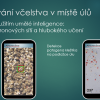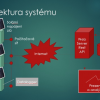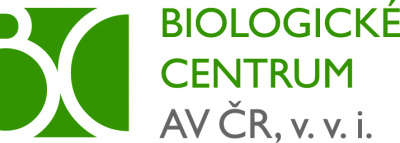AI Honney Bee - A system for digital monitoring of hives
Technology description
| The name of the technology: | AI Honney Bee - A system for digital monitoring of hives |
|---|---|
| Challenge: | The way bees are bred can affect the health of the bee colony, increasing or decreasing losses. Likewise, methods of diagnosis and prevention of bee diseases can affect the health of bee colonies. Therefore, it is important to signal in time the course of key life parameters in the hive and to monitor the manifestations of hive activities in the area of the hive entrance. |
| Description: |
The system is used to monitor the health of bee colonies using digital technologies and to collect information on the progress of key life parameters, including the detection of the mite mite. It provides beekeepers with data important for remote monitoring of hives and allows for early intervention in hives. The new bee tracking system uses the latest knowledge in the field of artificial intelligence, neural networks, deep learning and IoT technologies. Beekeepers can have an overview not only of the condition of the hive, conditions inside the hive and in the vicinity, but they can also monitor their hives with GPS, for example, in the event of hive theft or weight gain to detect honey theft, swarming, etc. Thanks to the use of artificial intelligence, neural networks and deep learning, the detection of the queen bee on the honeycomb or the detection of the forceps of the forceps on the hive base can be refined. Automatic monitoring of parameters such as: • Temperature and humidity in the hive • Temperature in a tuft of bees, • Temperature, humidity and barometric pressure outside the hive • Sounds of the bee colony • Beehive weight • CO concentration in the tuft • Visual monitoring of beehives by a camera system - analysis of the frequency of bee arrivals and trips from hives • Detection of a queen bee on a honeycomb • Detection of forceps pathogen on hive base |
| Commercial opportunity: | Technical device for monitoring the behavior of the bee colony and a mobile application for the detection of mites and the location of the queen bee as an aid for beekeepers. A comprehensive system on a commercial basis is currently not available. In most cases, these are partial solutions at different stages of research and development. In recent years, collaborations have been established, such as at the Czech University of Life Sciences in Prague, where they address a similar topic, and where they collaborate with T-mobile and IBM. Based on a similar cooperation, we also received support for the acquisition of a photovoltaic system from E.ON. |
| IP protection status: | not applicable |
| Development status: |
Phase 2Corresponds with TRL 3 and TRL 4 Feasibility study. There is a realistic design of the technology and the initial tests in the laboratory are leading to the specification of the technology requirements and its capabilities.
|
| Partnering strategy: | Co-development Collaboration |
| More information: | |
| Images: | |
| Categories: | Environment and Climate Agriculture Production of food products Software |
| Owner of a technology: |




